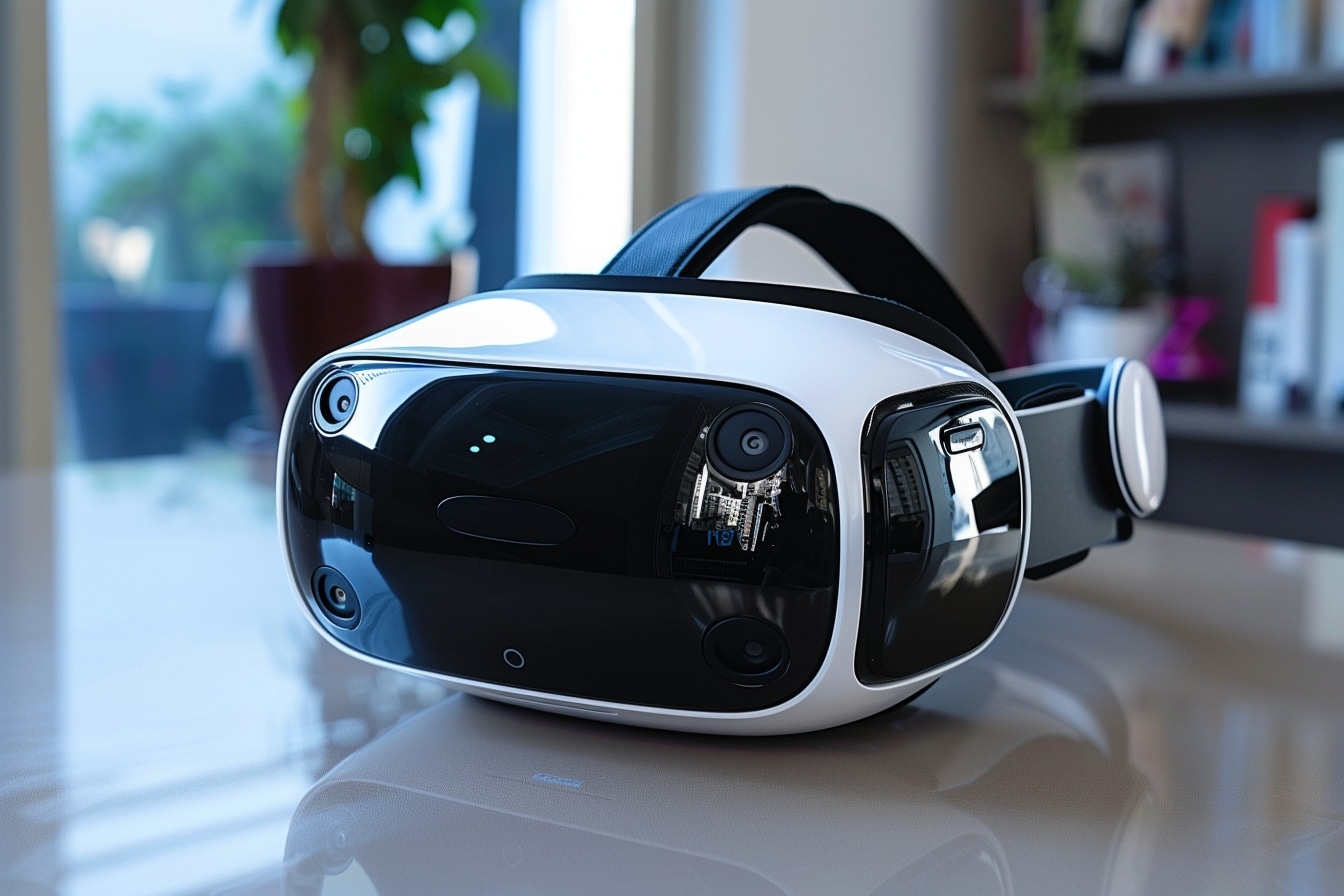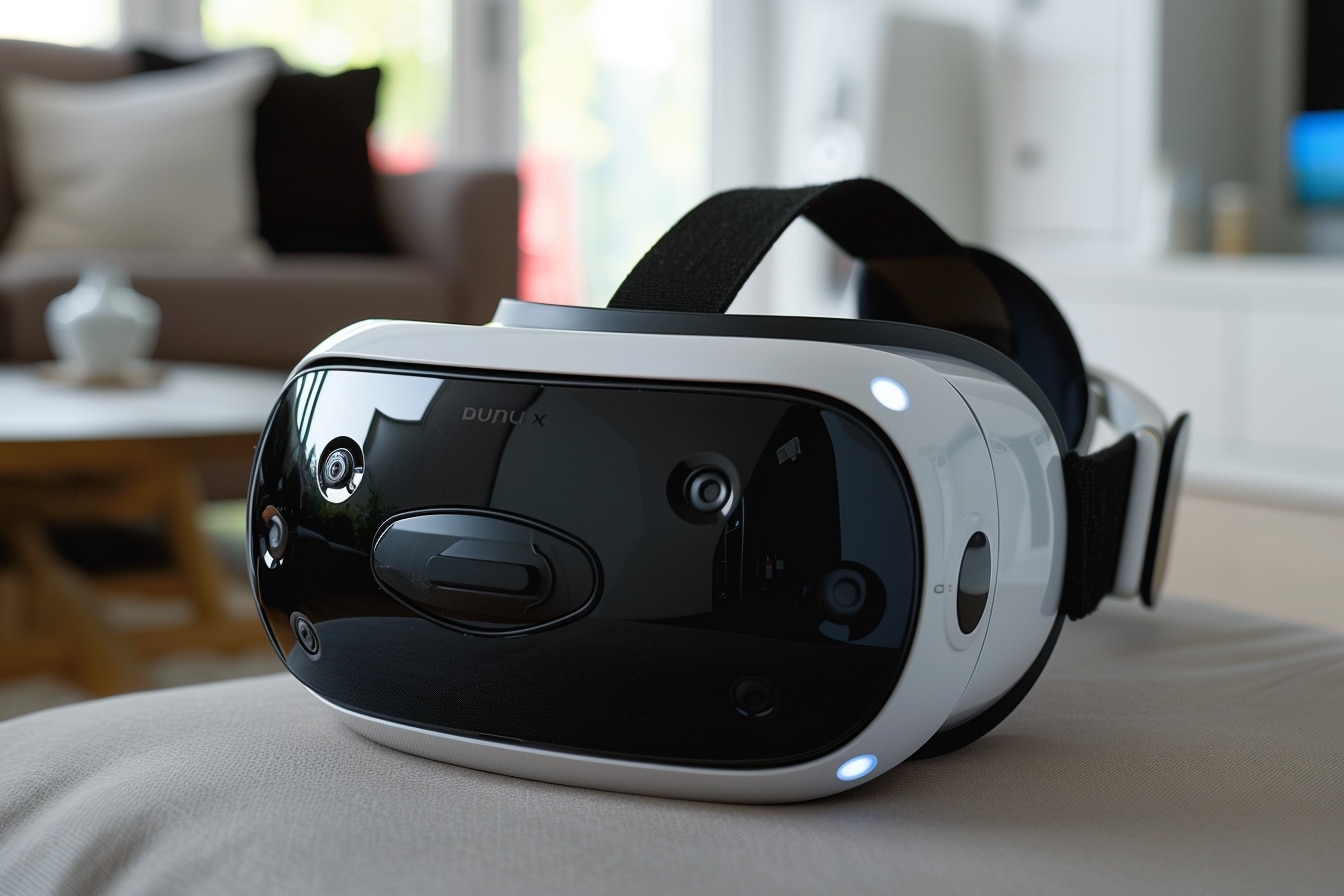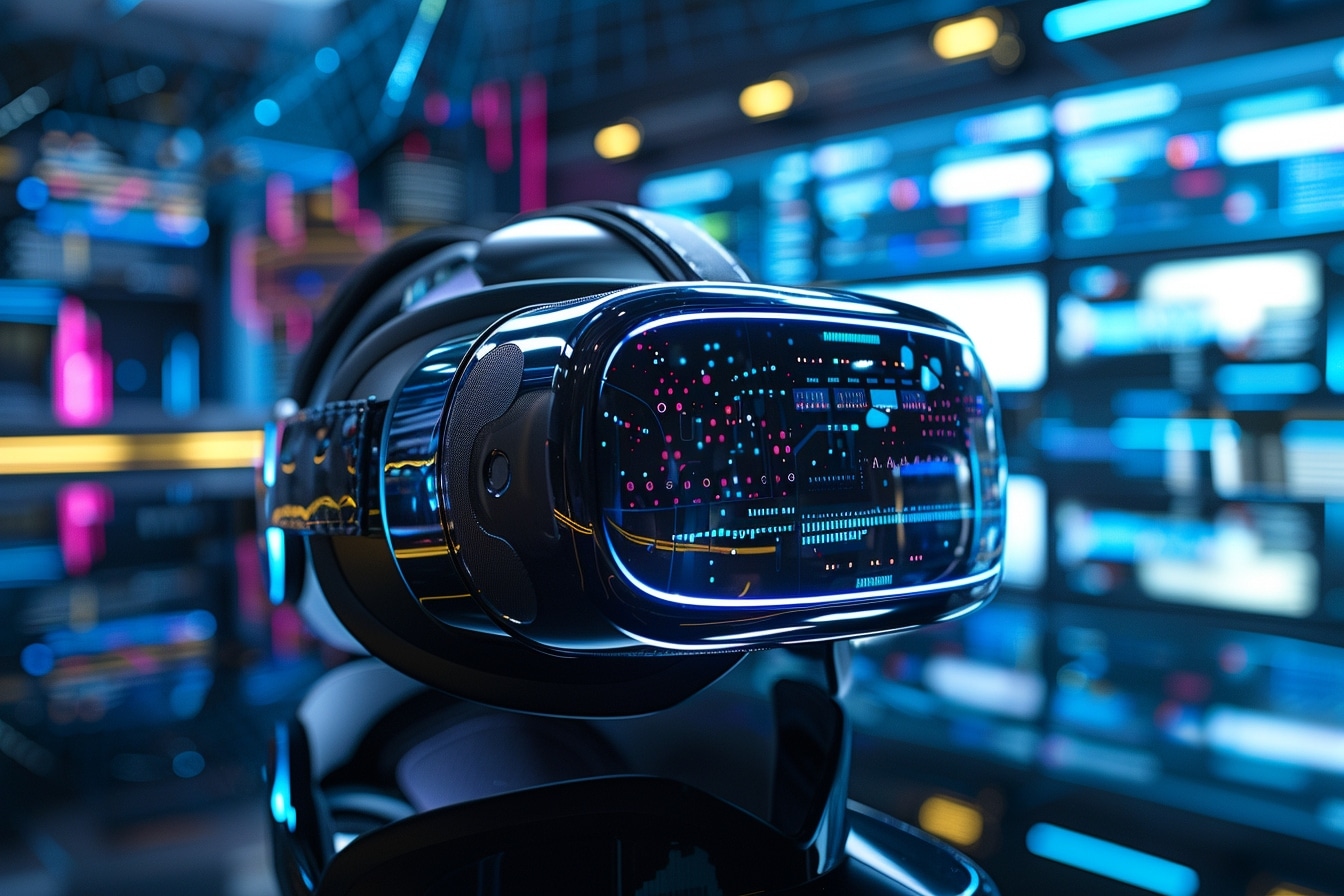Decoding the Magic: A Simplified Guide to Understanding How Virtual Reality Headsets Work with Smartphones

The smartphone virtual reality headset is a window onto imaginary worlds, immersive experiences and innovative learning. It transports users into another dimension, all from their phone. Easy to use, this accessory has become the companion of choice for both playful and educational adventures.
What are virtual reality headsets for smartphones?

Simply defined, a smartphone virtual reality (VR) headset is a device that enables access to virtual reality content using a smartphone. It consists of a structure generally made of plastic, foam or other materials, into which the smartphone is inserted. Lenses built into the headset transform the smartphone display into a 360-degree environment.Technology behind the mask, smartphone VR headsets use gyroscopic sensors in the phone to track the user’s head movements. The user interface then tilts the image according to these movements, creating the illusion of total immersion.
Compatibility and installation
When it comes tophone compatibility, the choice of headset must take into account the size and power of the smartphone. Some models are universal, while others are designed for specific brands or sizes.Application installation, before starting the experience, it is often necessary to download virtual reality applications compatible with the smartphone. These applications vary according to whether they are for games, virtual tours or other VR experiences.
Key components of a smartphone VR headset
Lenses: the heart of the experience
Lenses are essential in transforming a smartphone display into a virtual reality experience. They are designed to magnify the image and create a stereoscopic effect, giving the impression that the image has depth.
The support system: comfort and stability
For a pleasant experience, the support system must be comfortable, adjustable and balanced. Poor ergonomics could spoil the immersion experience by causing fatigue or discomfort.
The adjustment device: precise fit
A good helmet should allow easy adjustment of lens distance and position to suit the vision of each individual user. This adjustment capability ensures greater clarity and reduces the risk of headaches or dizziness.
The immersive process in detail
When the user places the smartphone inside the headset and attaches it to their head, they are ready to plunge into the world of VR. Here’s how it works:
- Screen sharing: the phone’s screen is generally separated into two distinct parts, one for each eye. This creates a 3D effect, as each eye receives a slightly different image.
- Depth perception: thanks to the lenses and the arrangement of the images, the brain is tricked into perceiving a three-dimensional image, with elements that may appear close or far away.
- Reactivity to movement: gyroscopic sensors play a critical role. They detect head movements to adjust the image in real time, reinforcing the impression of being “in” the virtual scene.
Interaction and control in the virtual environment
Virtual reality goes beyond stereoscopic display; interaction with the virtual environment is also a crucial aspect of the experience.
- For selection and interaction, some headsets are equipped with buttons or tactile zones on the headset itself, while others use external controllers, simple voice commands or touch of the smartphone screen if the headset allows.
- Motion tracking: in addition to head movements, some applications can also track body or hand movements, provided you use the right accessories or the augmented reality features built into certain phones.
Varied applications and experiences with rv

The wealth of content available for smartphone VR headsets is impressive.
- Virtual reality games: a host of games offer complete immersion, from flight simulations to space exploration or fantasy adventures.
- Virtual tours: many museums and tourist sites offer virtual reality tours to discover places that would otherwise be inaccessible.
- 360-degree films and videos: a whole new cinematic genre is developing, with films and videos designed to be viewed in virtual reality.
- Educational applications: learning becomes more interactive with virtual reality; for example, you can explore human anatomy in 3D, or immerse yourself in historical reconstructions.
Advantages and limitations
The strengths of mobile rv
Accessibility is a major advantage of virtual reality headsets for smartphones. What’s more, installation is generally quick and the cost much lower than dedicated virtual reality systems.
Challenges and limitations
The quality of the experience depends heavily on the power of the smartphone and the quality of the headset. What’s more, high-resolution content can consume a lot of battery power, and comfort of use can vary from person to person.
Future prospects

The advent of new technologies and the democratization of virtual reality point to a future where VR headsets for smartphones will be even more powerful, with higher resolutions, more precise sensors, and an ever more fluid and immersive user experience. Every day, new horizons open up in the world of immersive technology, and virtual reality headsets for smartphones remain a key player in this revolution.
Comments
Leave a comment